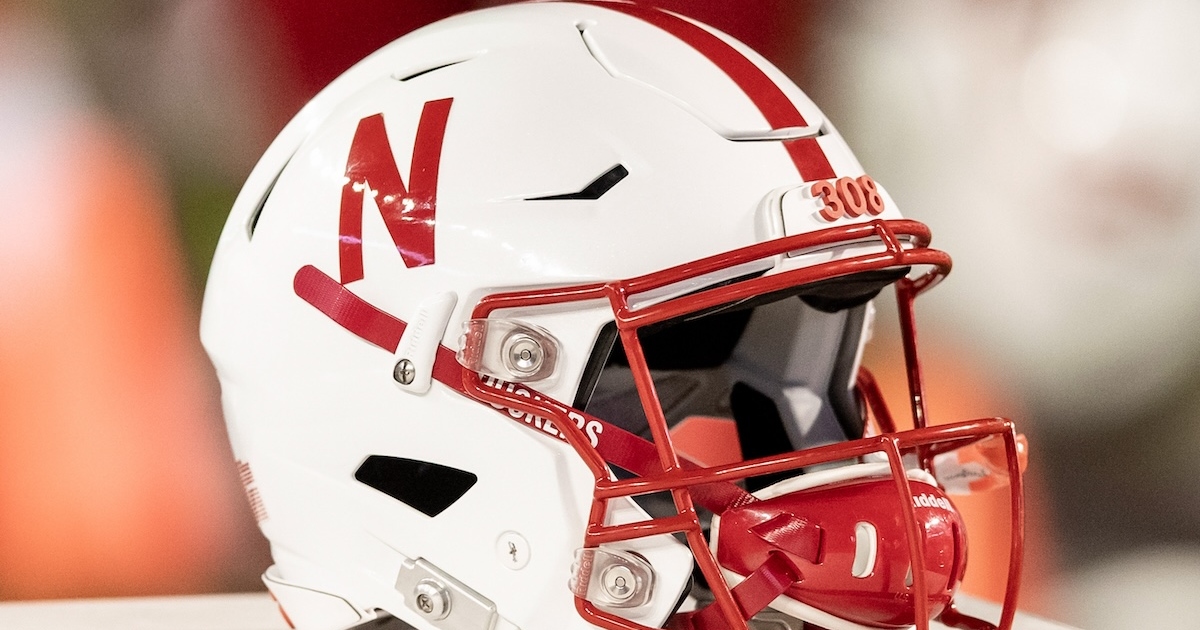Opinion|The $140 Billion Failure We Don’t Talk About
https://www.nytimes.com/2025/08/27/opinion/new-orleans-katrina-funds.html
You have a preview view of this article while we are checking your access. When we have confirmed access, the full article content will load.
Guest Essay
Aug. 27, 2025, 5:02 a.m. ET

By Mark F. Bonner and Mathew D. Sanders
Mr. Bonner is a journalist. Mr. Sanders is an urban planner working on disaster policy. They are from New Orleans and met at Louisiana State University.
Twenty years ago this week, Hurricane Katrina drowned our hometown, New Orleans.
In the grim weeks that followed, bodies were disentangled from trees, axed out of damp attics and stacked in makeshift morgues. In all, 1,800 people across the Gulf Coast died.
Most Americans soon moved on, but the federal government did something extraordinary: It committed more than $140 billion toward the region’s recovery. Adjusted for inflation, that’s more than was spent on the post-World War II Marshall Plan to rebuild Europe or for the rebuilding of Lower Manhattan after the Sept. 11 attacks. It remains the largest post-disaster domestic recovery effort in U.S. history.
For a moment, the investment created a rare opportunity: to reimagine a major American city as a model of innovation and resilience. What instead emerged was the uncomfortable truth that America isn’t good at long-term recovery. If the reconstruction of Lower Manhattan and the Marshall Plan are hailed as triumphs of American exceptionalism, then the response to Katrina belongs in a darker corner of U.S. history: the Afghanistan or Vietnam of rebuilding — painful, expensive and, ultimately, a failure. It is now a cautionary tale for every place in America that will one day face its own disaster.
We saw the destruction firsthand, and like many, we believed in the promise and possibility of our hometown’s jubilant rebirth. For years, we tried to make it work in New Orleans. But we eventually left — first for greater opportunities, then for stability. And now, like so many in the post-Katrina diaspora, we observe the city from afar with equal parts love and frustration.
Today, New Orleans is smaller, poorer and more unequal than before the storm. It hasn’t rebuilt a durable middle class, and lacks basic services and a major economic engine outside of its storied tourism industry.
Image
.png)
 German (DE)
German (DE)  English (US)
English (US)  Spanish (ES)
Spanish (ES)  French (FR)
French (FR)  Hindi (IN)
Hindi (IN)  Italian (IT)
Italian (IT)  Russian (RU)
Russian (RU)  7 hours ago
1
7 hours ago
1









Comments